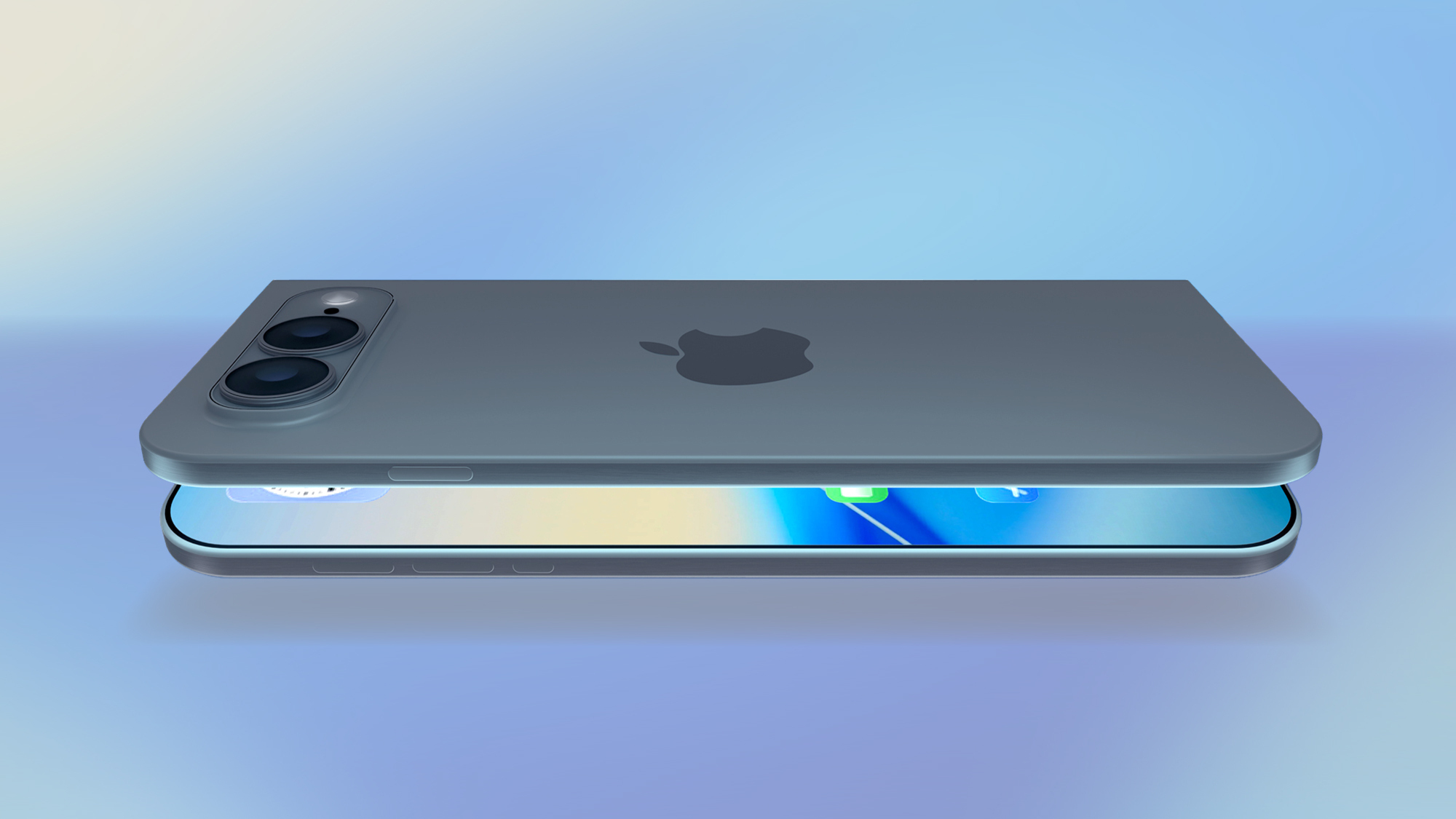Trump tariffs could impact iPhone 17 prices — should you upgrade now?
Here's the arguments for and against upgrading your iPhone right away
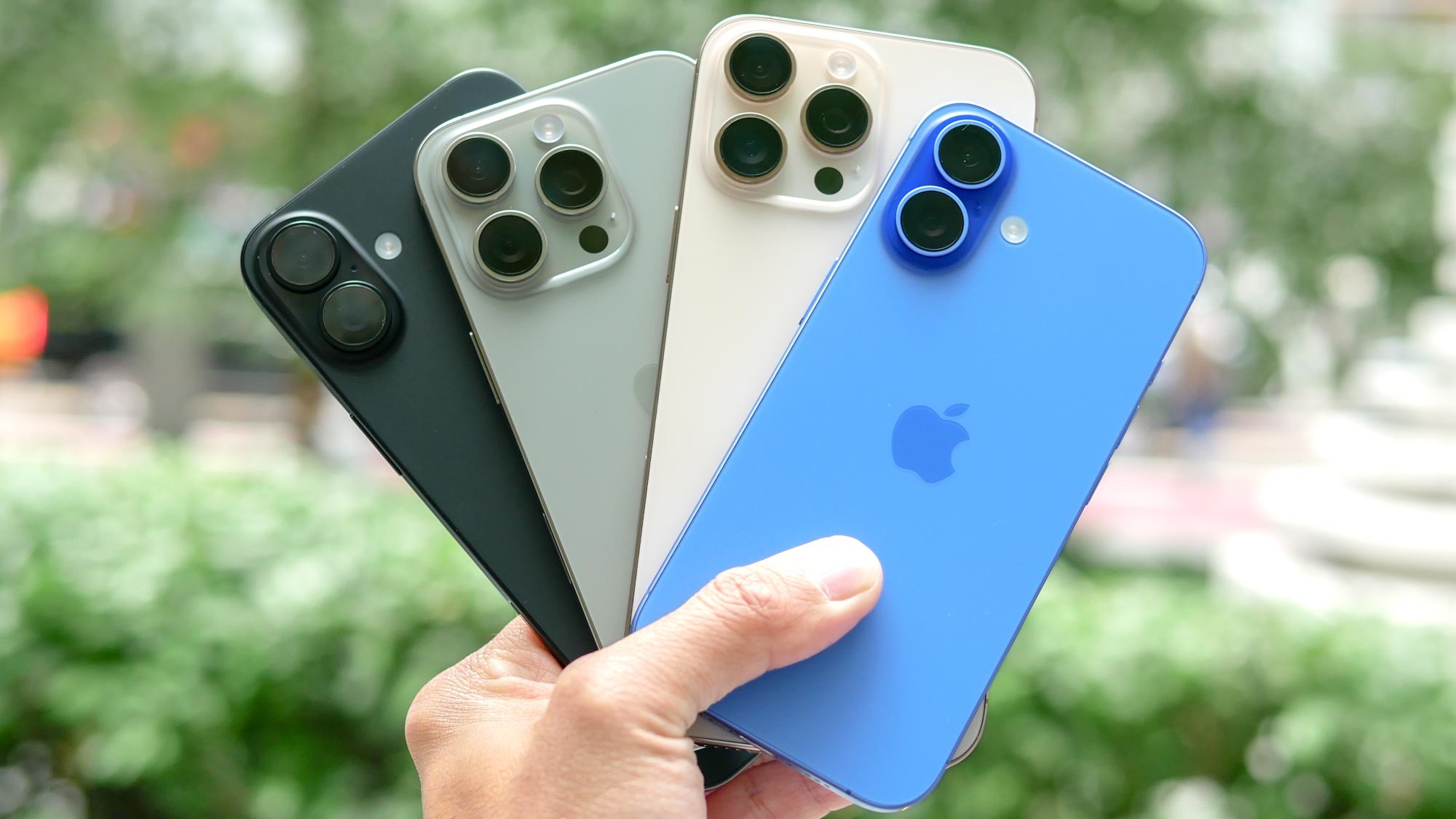
No one really knows how the Trump administration's tariffs are going to shake out, probably not even the guy who's imposing them. But it's undeniable that they're creating an air of uncertainty around big-ticket purchases this year — especially if you're considering an upgrade to an iPhone 17 when the new models ship this fall.
Apple hasn't tipped its hand on pricing yet and likely won't right up until the moment when the new phones are revealed. But the company has acknowledged that tariffs have the potential to impact its business. When announcing its quarterly earnings this past week, Apple told Wall Street analysts that it anticipates the tariffs will add $900 million to its costs during the June quarter.
That's not to say that Apple's going to pass on those costs to its customers. Indeed, the company is taking steps to minimize the impact of tariffs by shifting a lot of the products bound for the U.S. away from manufacturing in China, which is one of the larger targets of the Trump administration's trade policies. Apple expects the majority of the iPhones sold between April and June to be sourced from India, according to CEO Tim Cook.
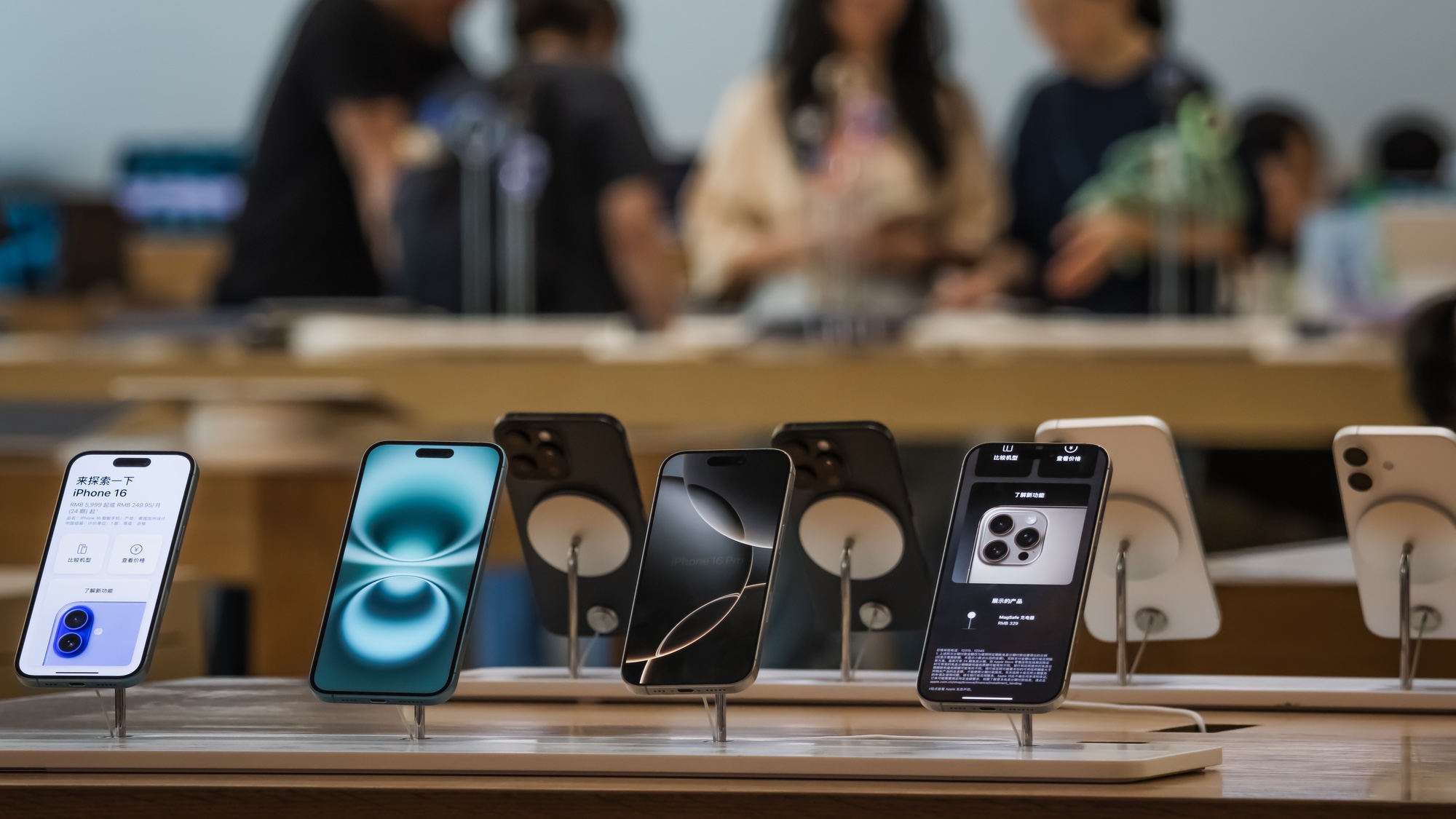
What that means for iPhone 17 prices is unclear. But Apple has kept the price of its phones fairly steady in recent years, with a $100 hike for the iPhone 15 Pro Max being the only increase since the price of the entry-level model went up between the iPhone 11 and iPhone 12. (Even then, the introduction of the iPhone 12 mini meant you could still get a flagship device for $699.)
In a volatile market, it could be tempting for people contemplating an iPhone upgrade to remove all doubt about future pricing by getting that new phone now. The question is, should you? What are the risks and rewards of opting for the price certainty of an iPhone 16 model, as opposed to holding out for an iPhone 17 later this year?
I can't tell you what's going to happen with tariffs, but I do know a thing or two about iPhones, having covered these devices since the first iPhone debuted in 2007. With that background and by monitoring all the latest rumors about what features are likely to come to the next round of iPhones, I can offer some advice on reasons why you might want to upgrade now as well as why it might make more sense to wait.
Reasons to get an iPhone 16 now
When I talk about grabbing an iPhone 16 now, I'm not focusing on one model in particular. The arguments below would apply to any device, including the lower-cost iPhone 16e.
Get instant access to breaking news, the hottest reviews, great deals and helpful tips.
And for the proposes of this discussion, I'm assuming that should you upgrade, you're getting the iPhone at its current starting price — $599 for the iPhone 16e, $799 for the iPhone 16, $899 for the iPhone 16 Plus, $999 for the iPhone 16 Pro and $1,199 for the iPhone 16 Pro Max — or using one of the best iPhone deals to get a discount. Which of those iPhone 16 models you'd get is entirely up to you.
Upgrade now: The current iPhones are very good
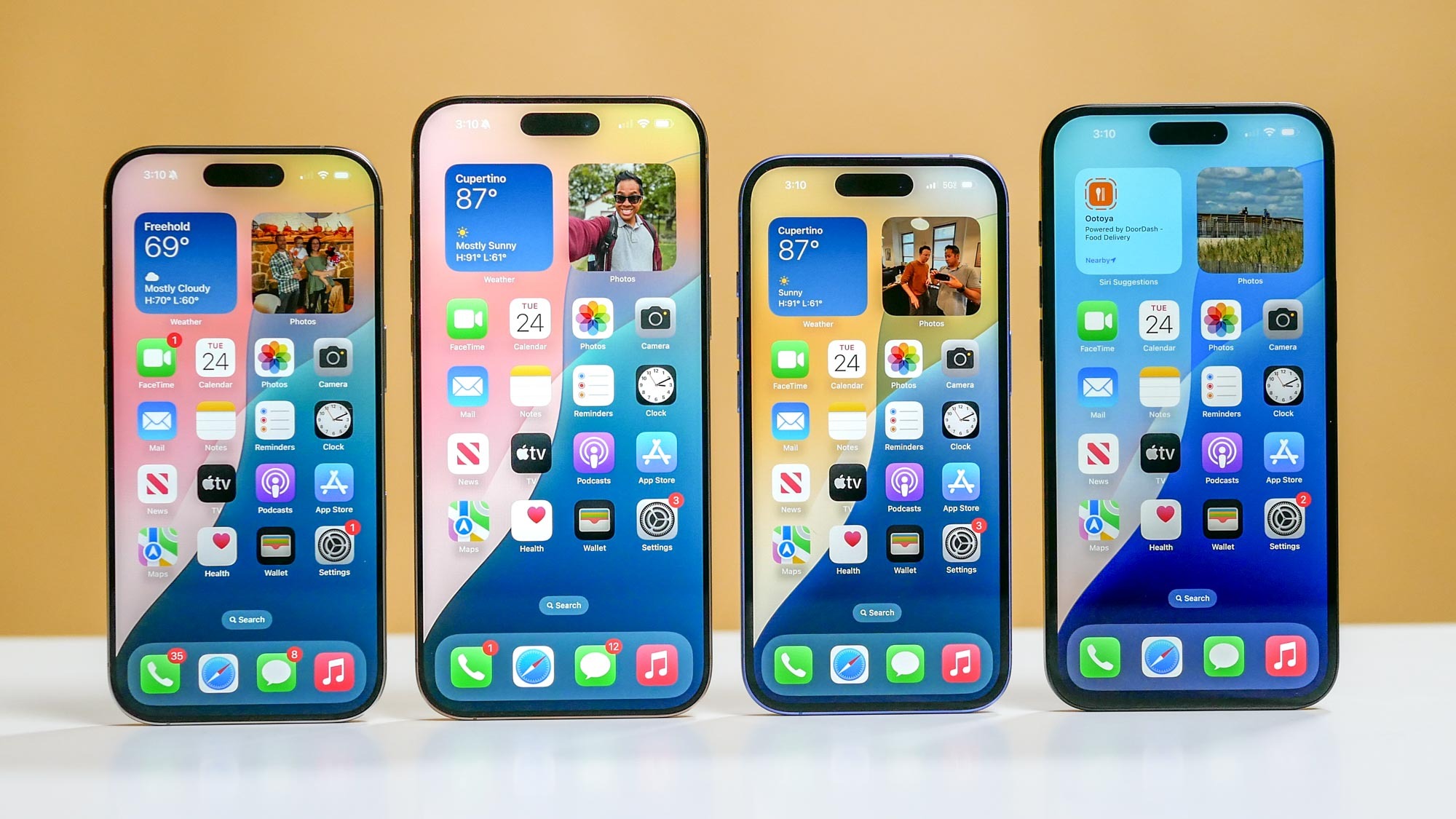
I say this as someone who's got 18 years of iPhone reviews under his belt — this current lineup features the best iPhones ever.
Build yourself a time machine, and you'd have a hard time finding a model that's as powerful of long-lasting as the ones available right now. These iPhones also take the best pictures and offer the widest range of features. Get an iPhone 16, and you won't be short-changed.
Will the iPhone 17 models be better than these current versions? That's certainly the way things are supposed to work, with each successive generation besting the last. But even if an iPhone 17 vs. iPhone 16 comparison comes out in the new phone's favor, any iPhone you buy right now will be a top phone for a very long time.
Upgrade now: Apple Intelligence support
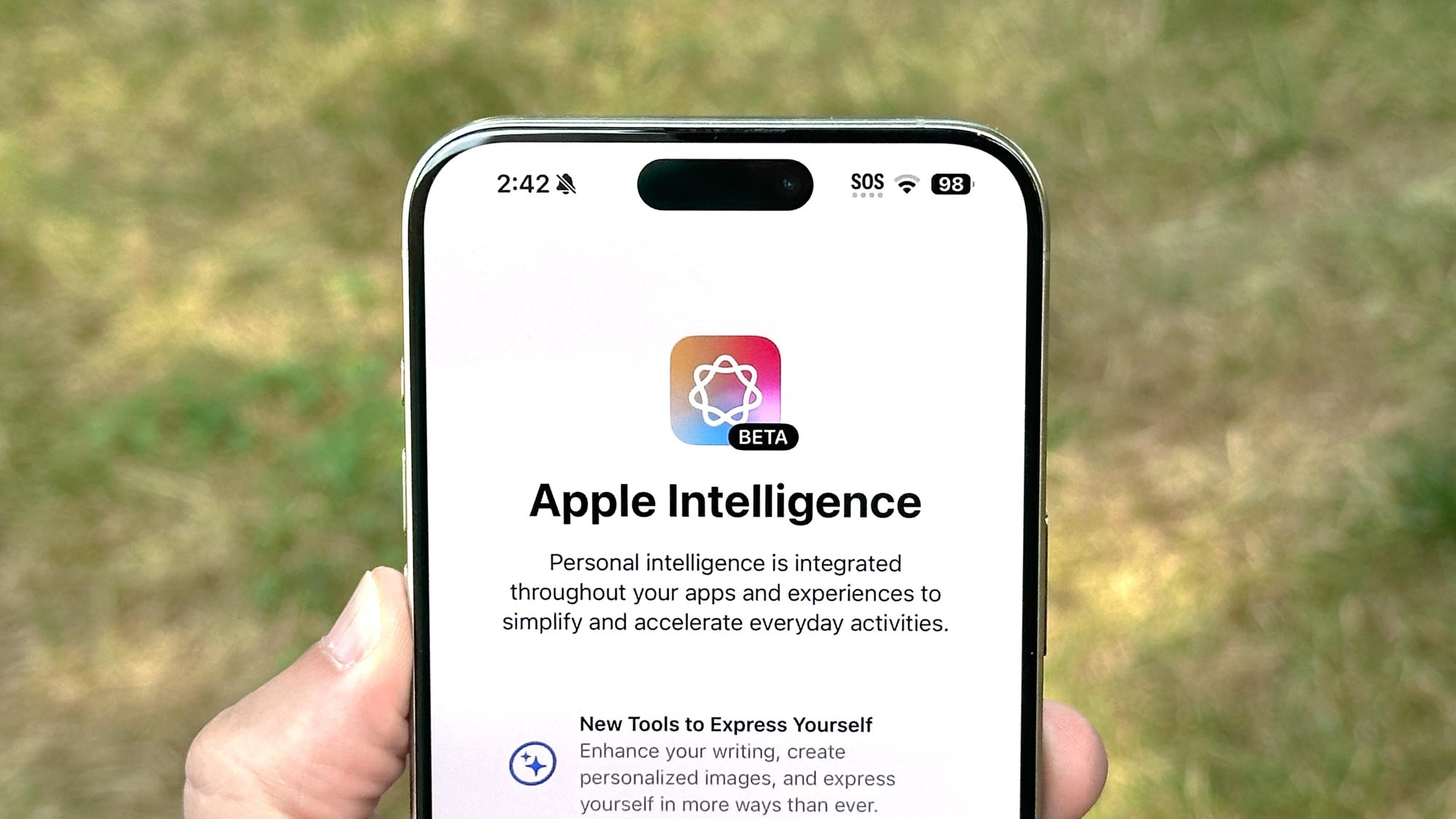
We're on the ground floor of the Apple Intelligence rollout, and things can only go up with Apple's suite of AI features. And when it does, you'd have to figure the iPhone 16 will be along for the ride.
Right now, any device that can support Apple Intelligence — that's the iPhone 15 Pro and later — can run the same features. That's even true of Visual Intelligence, which used to be limited to the iPhone 16, but got extended to the iPhone 15 Pro models via the iOS 18.4 update.
In other words, Apple wants to get its AI tools in the hands of as many of its users as possible. So when new features inevitably roll out later this year, they're likely to work as well on the iPhone 16 as they do on newer models.
That also goes for the iOS 19 software update expected this fall. There may be some iPhone 17-specific features on there, but I'd certainly anticipate that most of the major new additions to Apple's iPhone software will work just fine on any iPhone 16.
Upgrade now: Don't expect phone carriers to absorb any price hikes
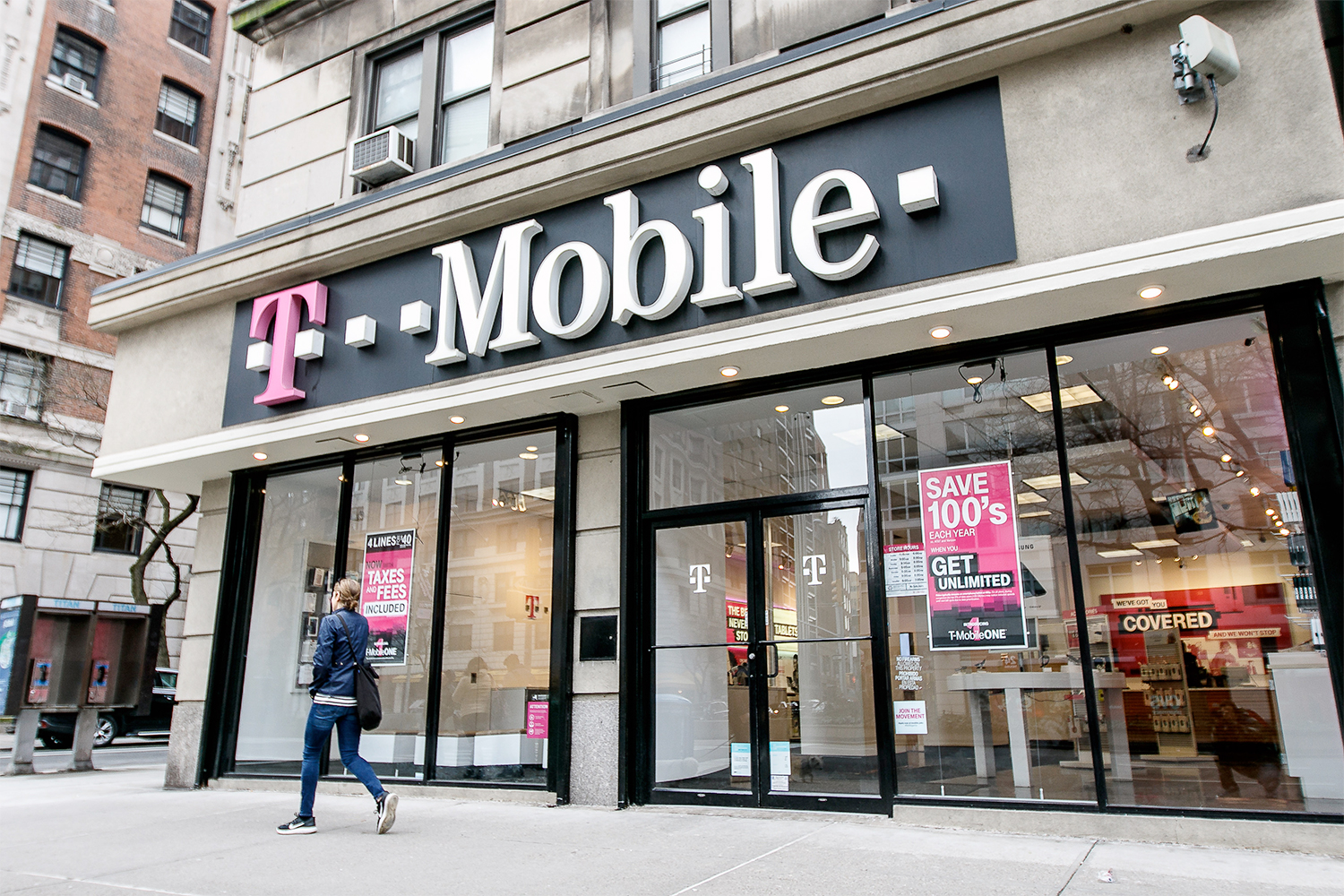
Old heads like me can remember the days when phone carriers subsidized the cost of devices. You'd sign up for a contract with a wireless provider that tied you to their service, and in exchange, you'd get the phone for much cheaper than it actually costs.
Those days are long over, and that has some worrying implications if tariffs do end up making phones more expensive.
"I think to the extent that [impact from tariffs] does land, and if it’s a material thing, ultimately, I think we’re going to see that the customer is going to wind up having to bear that cost," T-Mobile CEO Mike Sievert said in an earnings calls according to a report in The Street. "Taking on something big on the tariff front is just not something our business model is interested in trying to do or able to try to do."
T-Mobile is not an outlier here. According to Bloomberg, AT&T and Verizon have said the same thing about tariff costs getting passed on to customers.
That's especially relevant in the U.S., since customers in this country are more likely to buy their phone directly from the outlet that provides their wireless coverage. And you're going to wind up paying more for that carrier-supplied phone should device costs rise. Upgrading now eliminates that possibility.
Reasons to wait for an iPhone 17
The eventual price of the iPhone 17 models isn't the only thing that's unknown at this point. We also don't have any official indication of what Apple's planning for its upcoming phones. But this is where sorting through various iPhone rumors can help out.
It's fairly clear that three phones are returning to Apple's lineup — a standard iPhone 17, along with the iPhone 17 Pro and iPhone 17 Pro Max. Instead of a Plus model, Apple is tipped to be turning to an entirely new design — an ultra-thin model tentatively called the iPhone 17 Air.
Upgrade later: You'll miss out on key new features
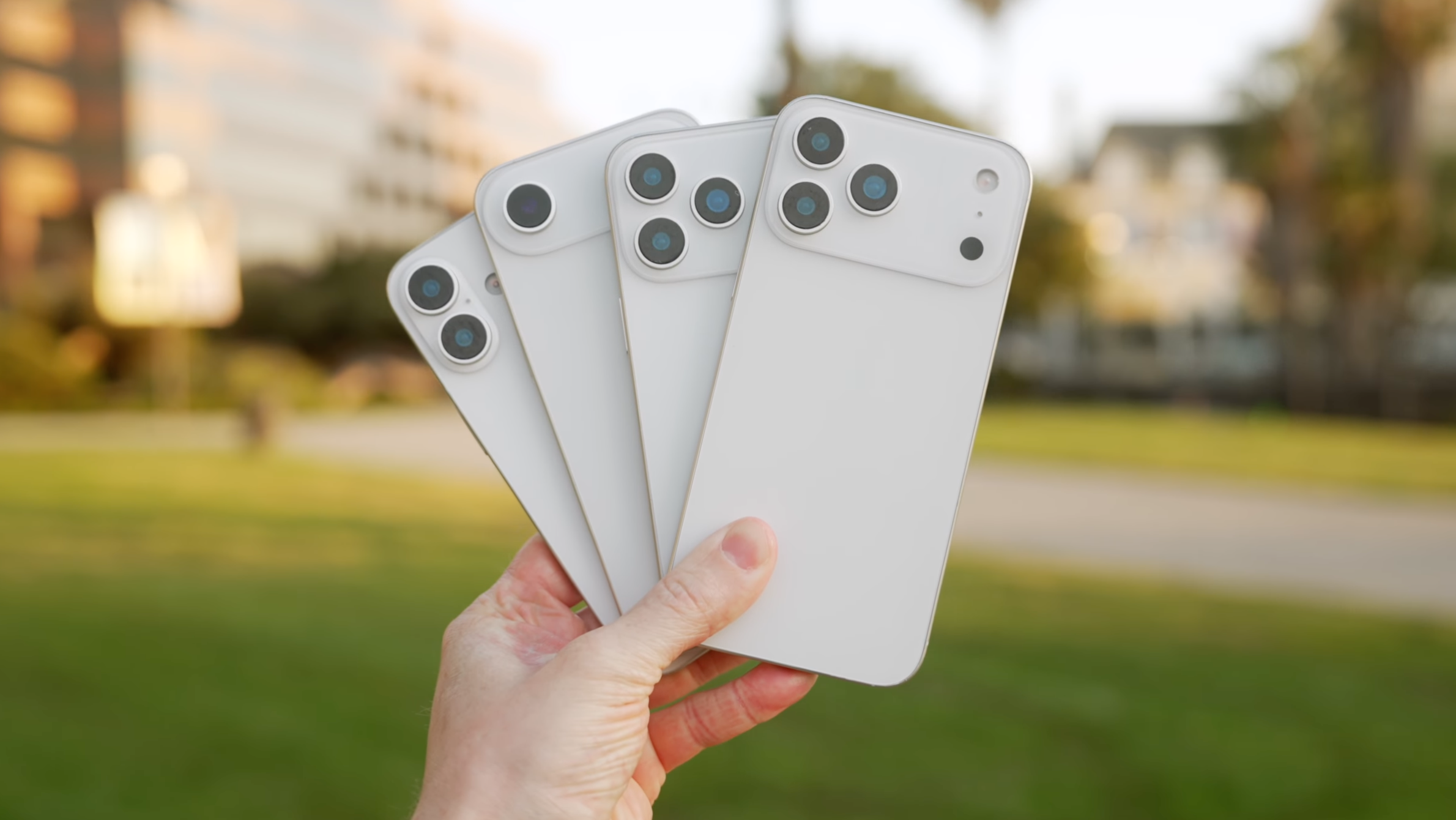
The Pro models usually get the lion's share of attention when it comes to new features, but if you favor Apple's cheaper flagship, there's an exciting potential upgrade that can be yours with the iPhone 17. After years of limiting fast refresh displays to its Pro models, Apple will reportedly bring a 120Hz screen to the iPhone 17 this year.
Fast-refreshing displays deliver smoother scrolling and better graphics, and once you've seen one in action, it's hard to settle for the standard 60Hz refresh rate. If that's not a feature you care about — or you already have a Pro model with a fast-refreshing screen — then maybe that's not an exciting upgrade. But it will be a big step forward for the entry-level iPhone if it happens.
On the Pro side of the ledger, Apple may be contemplating an upgrade to the telephoto lens on the iPhone 17 Pro and iPhone 17 Pro Max. Recent models have offered 12MP zoom lens, but Apple is rumored to be looking at a 48MP sensor for the upcoming Pro models.
That upgrade comes with a caveat, as one rumor says the new telephoto lens will only support a 3.5x zoom. Current iPhone 16 Pro models and the iPhone 15 Pro support a 5x zoom, so that's a potential downgrade. Older models have a 3x zoom, though, so you may not care about that particular change.
How key each rumored iPhone 17 improvement turns out to be depends on the model you're upgrading from, but if there's a can't-miss feature out there for you, check the various iPhone 17 rumor round-ups to make sure you're not missing out if you opt for a new phone now to beat any tariff impacts.
Upgrade later: You're intrigued by the iPhone 17 Air
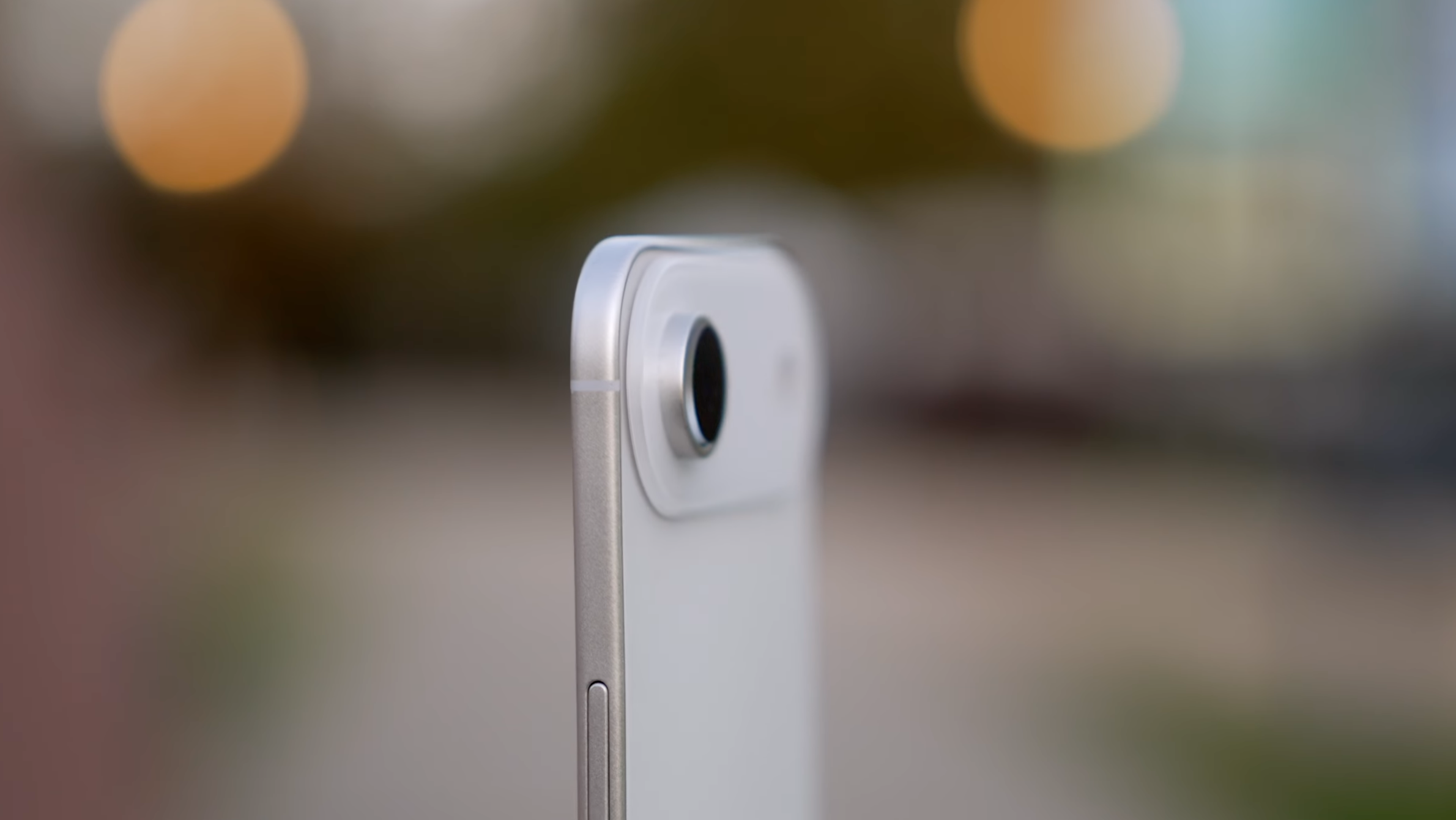
Say what you will about the current iPhone lineup. But no phone is as thin as the iPhone 17 Air is rumored to be.
At 7.8mm, the iPhone 16 and iPhone 16 Plus are the thinnest Apple phones of the bunch. Based on a video that claims to show an iPhone 17 Air dummy unit, Apple's upcoming phone will be 5.65mm at its thinnest point. And it's expected to offer a 6.6-inch display, so you're getting a big screen to go with that slender frame.
It's not clear what the iPhone 17 Air will have going for it besides that thin design. But for some people, that will be enough to wait for this fall, no matter what impact any tariffs have.
iPhone upgrading outlook
Generally, my advice on the right time to buy a new phone is to do it at the precise moment you need a new phone. In other words, don't worry about upcoming features that may or may not appear — when you need a new device, you should get one that's a clear upgrade over what you have now. And if you can afford to wait, then do.
The uncertainty around tariffs and the impact they could have on iPhone pricing adds another wrinkle to that advice, though. Now you have to take your own budget into account and ask yourself if you can really afford to pay more than Apple's current asking prices, should the cost of phones go up by the fall.
Again, it could work out that prices remain unchanged from last year, and the iPhone 17 launch goes off without any tariff-fueled drama. But if that potential is still at the back of your mind, hopefully the advice above on upgrading now vs upgrading later can help you make an informed decision.
More from Tom's Guide
- Tim Cook defends Siri during Apple earnings call — ‘we need more time’
- Here's why a U.S.-built iPhone will be hard to pull off
- The entire iPhone 17 lineup just got revealed in new video — here's the biggest changes
Philip Michaels is a Managing Editor at Tom's Guide. He's been covering personal technology since 1999 and was in the building when Steve Jobs showed off the iPhone for the first time. He's been evaluating smartphones since that first iPhone debuted in 2007, and he's been following phone carriers and smartphone plans since 2015. He has strong opinions about Apple, the Oakland Athletics, old movies and proper butchery techniques. Follow him at @PhilipMichaels.
You must confirm your public display name before commenting
Please logout and then login again, you will then be prompted to enter your display name.

